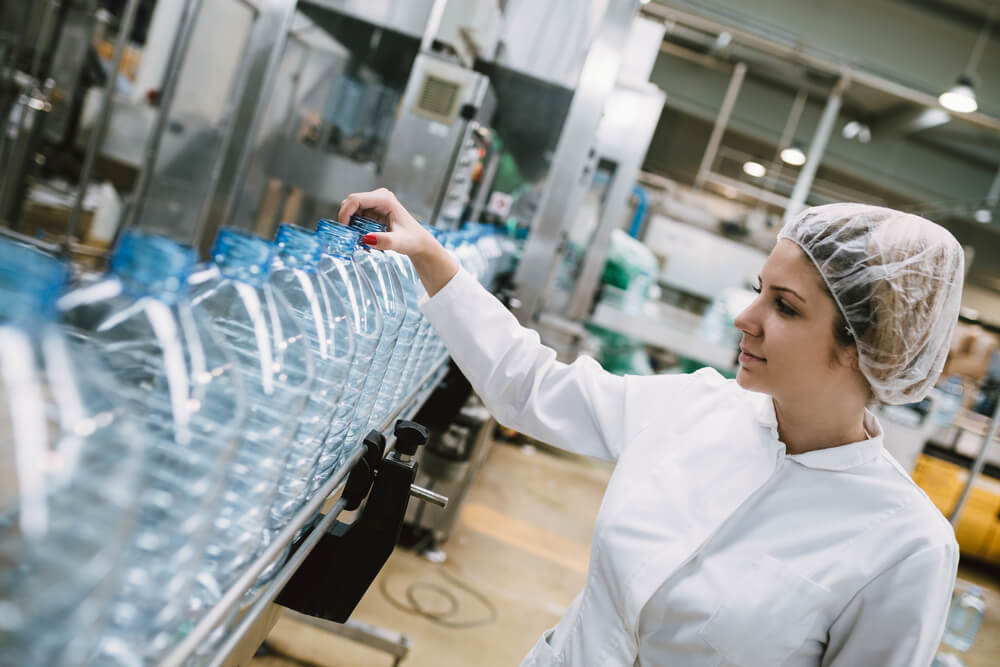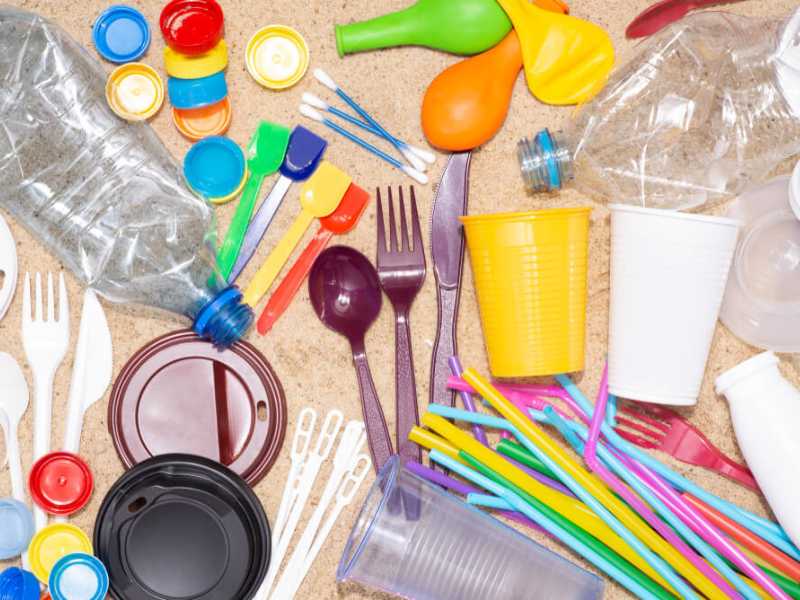Plastics are one of the most widely used materials in the world. They're used in producing bicycle helmets, shampoo bottles, mobile phones, and many more. They are versatile, and their applications in various industries enable us to live better.
Although plastics are something we are familiar with in daily life, have you wondered how exactly plastic is made? This blog post explains everything about the plastic production process. We then investigate how plastic auxiliary equipment facilitates these processes.
How Are Plastics Made? Steps and Processes
1. Extraction of Raw Materials
Plastics can be largely divided into two categories: synthetic and biobased plastics. Synthetic plastics are made from coal, crude oil, or natural gas, while biobased plastics are derived from renewable products like starch, carbohydrates, vegetables, fats and oil, corn, and so on. The first step in making plastics is to extract raw materials based on which type of plastics you look to produce.
2. Refining Process
Once the raw materials have been obtained, they cannot be used immediately, as there are contaminants that need to be removed in advance. The removal and refining process takes place in oil refineries, where crude oil will be transformed into various petroleum products. In turn, the extracted petroleum compounds will be converted into monomers, facilitating plastics manufacturing.
Meanwhile, what steps are involved in the refining process? At this stage, crude oil is poured into a furnace and heated up. Afterward, it will be sent to the distillation unit, where crude oil is broken down into smaller compounds called fractions.
3. Polymerization
This is usually the most challenging aspect of plastics manufacturing. In order to understand this process, first you need to know: what are monomers and polymers? Monomers are small organic molecules that can form a repeating pattern when bonded to one another. On the other hand, polymers are larger molecules made up of monomers.
So, what is polymerization in the plastics industry? Polymerization is a process by which large numbers of monomer molecules like ethylene, propylene, and butylene combine chemically to form a polymer. Specifically, there are two types of polymerization processes: addition and condensation polymerizations.
4. Compounding and Processing
Plastic compounding refers to the process of mixing/blending different polymers to form certain types of plastic with the desired characteristics. And this is usually done by extrusion. To achieve a homogeneous blend of the various raw materials, dispersive and distributive mixing are often adopted. Heat and temperature control are also important factors to consider.
Next, we enter the phase of polymer processing—which is usually defined as the "activity performed on polymeric materials to increase their usefulness". Simply put, these pallets will now be processed into plastic objects of different sizes and shapes depending on the manufacturers' needs.

While injection molding or extrusion machines might be the most prevalent equipment in the field of plastics manufacturing, an auxiliary machine enables them to work properly. In essence, auxiliary machines are supportive equipment that helps improve production efficiency and thus reduce general operational costs. As an experienced provider, Flying Tiger offers plastic auxiliary equipment in the following categories:
Auxiliary Equipment for Temperature Control
Temperature control is crucial to how plastics are made because an unstable temperature can negatively affect your machine equipment as well as the finished products. For example, a number of injection molding defects would prevent you from achieving optimal product quality.
At Flying Tiger, we have a series of mold temperature controllers that can help you stabilize your target temperature in order to produce high-quality plastics. These mold temperature controllers come in various types, features, and functions. They all come with a satisfactory degree of customization to ensure your unique manufacturing demands will be met.
To thoroughly evaluate the available options, have a look at our insider tips on How to Select the Right Types of Mold Temperature Controllers?
Auxiliary Equipment for Dehumidifying and Drying
Have you ever noticed defects like bubbles and plastic swell in your manufacturing output? These often result from an improper drying process; that is, moisture within plastic polymers was not completely removed. This is when an industrial dehumidifier comes in handy. Applicable to both commercial and industrial spaces, this type of auxiliary equipment assists in the management of moisture, ventilation, and air temperature.
Follow the link to take a quick glance at our range of dehumidifying dryer models. Also, in this previous post, we covered the functions and advantages of different types of industrial dehumidifiers, including Two Towers, Honeycomb, and Vacuum Dehumidifying Dryers.
Auxiliary Equipment for Material Handling and Conveying
Material handling and conveying refer to the protection, storage, and transportation of material products during the manufacturing, distribution, and production process. This transport mechanism is crucial when it comes to controlling raw materials, inventory, and finished products within manufacturing facilities and warehouses.
If you need an effective material handling system or conveyors, consult our experts to find the right solution to your problems! We have a wide range of conveyors, including bag-emptying machines, vacuum conveyors, autoloaders, and material receivers. Follow the link to delve into the product details of our Material & Powder Loader Series!
Auxiliary Equipment for Dosing and Blending
During the plastics-making process, dosing is conducted prior to mixing (blending), where the materials are mixed optimally before extrusion. By Plastic Technology's definition, dosing refers to the introduction of a specific material ingredient, like color concentrate, liquid color, or additives, to an otherwise independent flow of material.
Blending, on the other hand, controls all ingredient inflows into the machine throat, rather than just the dosed additive. This is why a blending mechanism is usually composed of multiple dosing units and a mixing section—these components work collectively to ensure that metered ingredients are mixed into a homogenous blend.
If you are searching for an adequate solution for dosing and blending, we offer a variety of dosing and blending equipment, including volumetric dosing blenders, gravimetric dosing blenders, and loss-in-weight dosing blenders to help enhance your production efficiency.
Selecting the Ideal Solution for Plastic Auxiliary Equipment
Think of plastic auxiliary equipment as a catalyst for achieving high efficiency in how plastic is made. Flying Tiger is an experienced manufacturer and designer across different industry segments—injection molding, blow molding, extrusion, and compounding. Don't hesitate to Contact Us if you want to know more about our range of solutions for plastic auxiliary equipment and find out the ones that will meet your requirements!
Back







